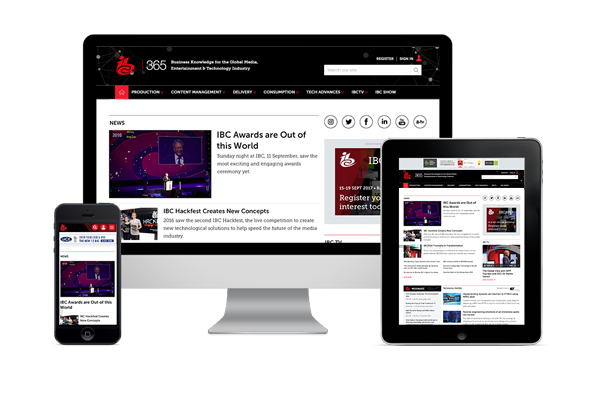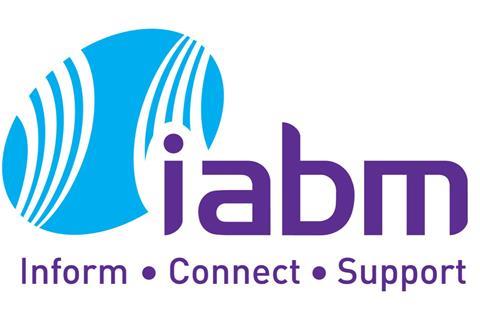Access services: More automation coming online to meet demands of OTT

As regulators move to raise expectations of access services in the era of streaming, broadcasters look set to benefit from continuing advances in automation, writes David Davies.
In general terms the availability of access services – defined by UK communications regulator Ofcom as “those intended to help people with sensory impairments to understand and enjoy TV programmes” – has been on a steady upward trajectory for many years. One of the more recent comprehensive overviews, the EBU’s Access Services Pan European Survey (published in November 2016) found that “overall, EBU members have increased access services significantly”, with audio description pinpointed as a particular beneficiary.
Focusing on the UK – where the Communications Act 2003 and the related Code on Television Access Services outline broadcast channels’ legal requirements to make a certain proportion of their programmes accessible – an Ofcom report covering the first six months of 2019 found that all channels were on course to meet or exceed their requirements for the whole-year period. In 2020, 88 domestic channels will be required to provide access services – rising from 86 in the previous year.
However, whilst this is all positive, there is still a long way to go in terms of access services for online and streaming services. Ofcom’s recent report reported…
Read the full article

Sign up to IBC365 for free
Sign up for FREE access to the latest industry trends, videos, thought leadership articles, executive interviews, behind the scenes exclusives and more!
Already have a login? SIGN IN




















